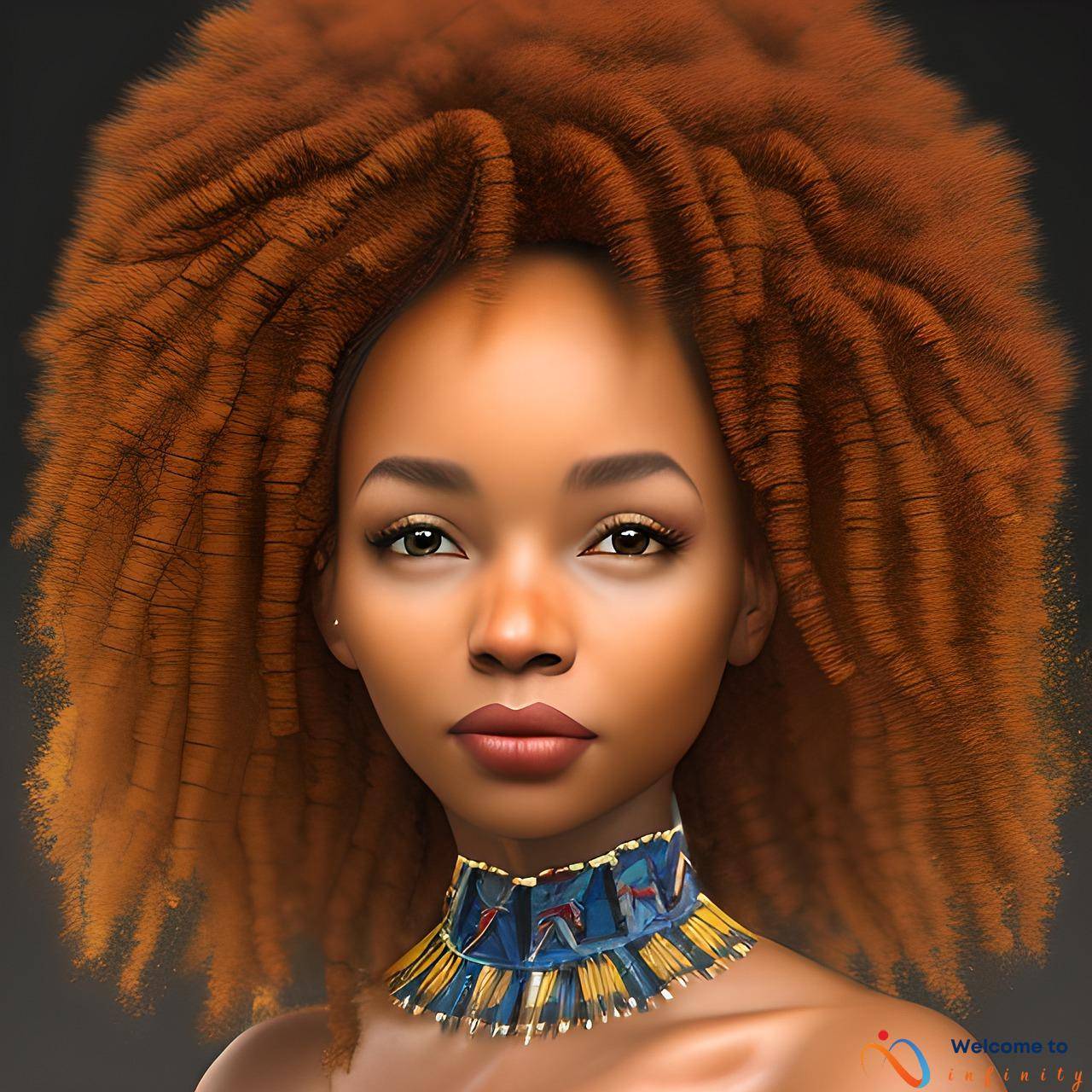Cultural activism refers to the use of culture and art as a means of promoting social change and engaging communities. Art has been a powerful tool for cultural activism, as it can convey powerful messages, provoke discussion, and inspire action. Art can also provide an accessible form of expression for social and political issues, making it an effective way to communicate with a wider audience. In this article, we will delve into the role of art as a tool for social change and cultural activism, exploring its history, impact, and current movements.
The use of culture as an agent for social change dates back to the early 20th century, with the rise of the avant-garde and Dadaist movements. These movements challenged traditional forms of art and emphasized the importance of creativity and experimentation. During this time, cultural activists began to recognize the potential of art as a tool for social change, using it to bring attention to political and social issues. Since then, cultural activism has evolved and diversified. Today, it encompasses a broad range of mediums such as music, performance, poetry, and visual arts.
Art can be a powerful force for raising awareness, advocating for change, and promoting social justice. Visual art in particular has played a crucial role in cultural activism through street art, posters, and other forms of public art. Murals, for example, have been used to engage communities in the creation of public art projects and to promote local history and pride. Photography has also been a key tool in cultural activism by documenting social and political issues and revealing hidden narratives that challenge dominant narratives. Performance art, including theater and dance, are also key mediums in cultural activism. They provide a platform for marginalized communities to share their stories, showcase their talents, and bring critical social issues to the forefront of public discourse.
- Muralism: The use of murals as a form of cultural activism and community engagement
- Photography: The importance of photography as a tool for documenting social issues and promoting cultural change
- Activist Music: The impact of music in cultural activism and social movements
- Theater for Social Change: The use of theater as a forum for discussing social issues and promoting cultural change
In addition to its historical significance, art continues to be a powerful tool for cultural activism in current social movements. Recent movements like Black Lives Matter, Me Too, and LGBTQIA+ rights, have brought attention to critical social issues and inspired new forms of cultural activism to promote social change. Furthermore, social media has enabled these movements to amplify their message and reach a wider audience than ever before.
Overall, art has played a significant role in cultural activism and social change, providing an accessible and compelling means of engaging communities and promoting social justice. Its impact can be seen in the diversity of cultural movements and grassroots campaigns around the world.
History of Cultural Activism
Cultural activism has a long and rich history, dating back to the early 20th century when avant-garde artists began using art as a means of political and social commentary. During this time, artists began to experiment with new forms and techniques that challenged traditional approaches to art. This led to the creation of a new avant-garde movement that valued experimentation, innovation, and social engagement.The term “cultural activism” was first used in the 1960s to describe a new form of political activism that used art, music, and literature as a means of social and political change. This movement was heavily influenced by the civil rights and anti-war movements of the time.Throughout the 1970s and 1980s, cultural activism continued to grow and evolve. Artists began to use their work to bring attention to issues such as environmental sustainability, gender equality, and the fight against racial discrimination. They also began to collaborate more with social justice and community organizations to create more impactful and meaningful work.The influence of cultural activism can be seen in many contemporary art movements, including street art, performance art, and public art installations. Today, cultural activism remains an important tool for social and political change, with many artists and organizations using their creative talents to push for a more just and equitable world.
The Power of Art
Art has long been used as a tool for cultural activism and social change, as it has the power to evoke emotion, spark conversations, and raise awareness about important issues. Whether through visual art, such as street art and posters, or performing arts, such as theater and activist music, art has the ability to inspire action and promote social justice.
Visual art, in particular, can be a powerful tool for cultural activism. Street art, for example, can bring attention to a variety of social issues, from police brutality to environmental degradation. This form of public art is often accessible to a wide audience and can have a lasting impact on the community. Similarly, posters and other forms of graphic design can be used to convey powerful messages and inspire action.
Photography also plays an important role in cultural activism. Documentary photographers, for example, can employ their craft to capture important social issues and inspire change. By capturing images that convey powerful stories and emotions, photographers can bring attention to important issues and advocate for social justice.
Performing arts, such as theater and music, can also be used as tools for cultural activism. Activist music, for example, has played an important role in social movements throughout history, from protest songs in the Civil Rights Movement to punk rock in the 1970s. Similarly, theater can be a forum for discussing important social issues and advocating for change. Theater for Social Change is a technique that allows for the exploration of social issues through interactive theater experiences, encouraging participants to actively engage with the material and take action for social justice.
Overall, art has the power to inspire change, promote social justice, and raise awareness about important issues. By using art as a tool for cultural activism, individuals and organizations can promote positive change and work towards a more just and equitable society.
Visual Art
Visual art has always played an important role in cultural activism. The ability for art to capture attention and convey powerful messages is unmatched. Street art, posters, and other forms of public art have been used as tools for advocacy and raising awareness for important causes.
Street art, in particular, can transform public spaces into powerful messages. The use of graffiti, murals, and other forms of street art can bring attention to issues that may otherwise be overlooked. It can also be a way for communities to come together and take ownership of public spaces. One example of this is the use of murals in disadvantaged neighborhoods as a way to bring pride and hope to the community.
Posters are another form of visual art that has been used in cultural activism. Posters can be created and distributed quickly and inexpensively, making them an effective tool for spreading messages. Posters have been used in many different social movements throughout history, including the Civil Rights Movement and the women's Suffrage Movement.
In addition to street art and posters, there are many other forms of public art that have been used in cultural activism throughout history. These include sculptures, installations, and performances. These forms of art can create powerful and immersive experiences for viewers, helping to convey important messages and evoke emotions.
Overall, visual art has played a vital role in cultural activism. The ability for art to capture attention and convey powerful messages has made it a valuable tool for social change. Whether it is through street art, posters, or other forms of public art, it is clear that visual art will continue to be an important aspect of cultural activism for years to come.
Muralism
Muralism, or the practice of creating large-scale painted murals in public spaces, has become an increasingly popular tool for cultural activism and community engagement. Murals can be used to address a variety of social issues, from promoting environmental activism to advocating for immigrant rights.
One of the key benefits of muralism is its accessibility. Murals are often created in public spaces, where they are easily visible and can be appreciated by a wide range of people. This can help to raise awareness about social issues and promote cultural change in a way that is both engaging and accessible to the general public.
Another important aspect of muralism is its ability to bring together communities. Murals are often created through collaborative efforts, with artists working alongside community members to design and execute the artwork. This can help to foster a sense of shared ownership and pride in the community, while also promoting social cohesion and understanding.
In addition to promoting community engagement and social awareness, muralism can also serve as a form of artistic expression in its own right. Many artists use murals as a way to explore their own identities, histories, and cultural traditions, while also engaging with broader social issues and trends.
Overall, the use of murals as a form of cultural activism and community engagement has become an increasingly powerful and popular tool in the fight for social change. Whether used to address environmental issues, promote political activism, or simply to inspire and engage the public, the power of murals as a tool for cultural activism and social transformation cannot be underestimated.
Photography
Photography has become an essential tool for cultural activism and social change. Photographs can tell powerful stories and have the ability to capture the attention of audiences in ways that other mediums may not. Photography can document social issues and promote cultural change in various ways, including capturing the struggles of marginalized communities, exposing injustices, and promoting empathy through humanizing portraits.
One significant example of the power of photography in cultural activism is the work of Dorothea Lange, a photographer during the Great Depression era. Her iconic photograph “Migrant Mother” captured the suffering of a mother and her children during economic hardship and served as a catalyst for change in social policies. Similarly, Steve McCurry's photograph “Afghan Girl” brought attention to the plight of Afghan refugees and helped to raise awareness for their struggle.
Photography can also serve as a tool for promoting empathy and understanding between different communities. Many photographers have utilized street photography and portraiture to capture the human side of social issues. The Humans of New York project, for example, has been successful in humanizing the experiences of individuals from diverse backgrounds. By sharing their stories and struggles, the project has helped to break down barriers and promote empathy between people of various backgrounds.
Lastly, photography also has the ability to act as a catalyst for change and inspire social action. Photojournalists and documentary photographers have captured pivotal moments in history, which have sparked social movements and political change. The photographs of the Civil Rights movement, for example, helped to raise awareness about the systemic racism and discrimination faced by African Americans and ultimately led to the passage of new laws and policies.
In conclusion, photography has the power to document social issues, promote empathy, and inspire social change. It serves as an important tool for cultural activists to raise awareness and advocate for social justice. As the saying goes, “a picture is worth a thousand words,” and the power of photography in cultural activism is a testament to this notion.
Performing Arts
Performing arts, such as theater and dance, have long been utilized as a means of cultural activism and social change. They provide a platform for expression, communication, and mobilization, allowing individuals and communities to engage in dialogue and advocacy. Theater, in particular, has a rich history of using performance as a form of resistance and protest.
In the 1960s and 70s, the Theater of the Oppressed was founded in Brazil by Augusto Boal. This form of theater emphasized audience participation and encouraged spectators to intervene in the performance to change the outcome. The goal was to empower marginalized communities and inspire action towards social and political change.
Dance also plays a significant role in cultural activism. Movements and gestures in dance can express ideas, emotions, and perspectives in a way that words cannot. For example, the Black Lives Matter movement has been embodied in powerful dance performances that convey the pain and resilience of the black community in the face of systemic racism and police brutality.
Other forms of performing arts, such as music and spoken word, are also utilized as tools for cultural activism. Activist music has been a staple of social movements throughout history, from the anti-war movement of the 1960s to modern-day protests against police violence. Spoken word, with its emphasis on personal narrative and social critique, has become a popular form of cultural activism, especially within the Black community.
In conclusion, performing arts offer unique and powerful tools for cultural activism and social change. They allow for creative expression, dialogue, and mobilization within communities and can inspire action towards a more equitable and just society.
Activist Music
Music is a powerful tool, whether it is for entertainment or sending a message. In the field of cultural activism, music has played a significant role as a form of protest and political expression. Activist music has been used as a tool for social change and promoting cultural activism. This kind of music has the main purpose of spreading political messages, raising awareness, and demanding social justice.
One example of activist music is protest songs. These are songs that can help to promote or challenge social norms, spread political messages to the masses, and demand justice. Some of the most famous songs in this category include “We Shall Overcome” by Pete Seeger and “A Change is Gonna Come” by Sam Cooke. These songs provided the soundtrack for important social movements, such as the Civil Rights Movement in the 1960s.
Another way music has played a role in cultural activism is through benefit concerts. These concerts are held to raise funds for social issues, such as disaster relief and famine aid. Musicians come together to perform and promote awareness about the issue, and all proceeds from ticket sales and merchandise are donated to the cause. One notable benefit concert was Live Aid, which raised millions of dollars for famine relief in Africa.
Music has also played a significant role in promoting social justice and equality. Hip hop, a genre born out of the struggle of marginalized communities, is an example of such music. It uses lyrics to express the social, economic, and political struggles of the people, particularly the African American community. Hip hop music has played a crucial role in creating awareness about issues such as police brutality, racism, and poverty.
In conclusion, activist music has shown to be an effective tool in cultural activism and social movements. Whether it is through protest songs, benefit concerts, or genre-specific music, music has a powerful impact on shaping public perception and promoting cultural change.
Theater for Social Change
Theater has been used for centuries as a tool for social change and cultural activism. It provides a stage for individuals to voice their opinions and concerns on social issues. From ancient Greek tragedies to modern-day productions, theater has been used to promote social justice and cultural change.
Theater for social change involves productions that are designed to initiate conversations and bring social issues to the forefront. The aim is to encourage audiences to engage in conversation and to motivate them to take action towards the betterment of society. Social change theater portrays prevailing social issues such as racism, poverty, gender inequality, religious conflict, and domestic violence.
One of the most popular forms of theater for social change is Forum Theater. This type of theater involves the audience in the performance, inviting them to participate actively in discussions and decision-making. It is an interactive process that encourages audience members to take on the roles of characters in the play, attempting to solve conflicts on stage and proposing alternative solutions.
Theater for social change has been effective in bringing attention to social issues that may be ignored by mainstream media. Theatrical productions have been used to promote cultural change and raise awareness on a broad range of topics, from mental health to immigration. These productions have taken to the streets and into schools to reach larger audiences, encouraging people to think critically about issues that affect them personally and globally.
In conclusion, theater provides a creative platform for individuals to share their views on social issues and promote cultural change. It is an effective tool for initiating conversations that can provoke thought and inspire social action. The use of theater for social change has made significant contributions to the cultural activism movement and continues to be used around the world to promote social justice and cultural change.
Current Cultural Movements
Today, cultural activism is alive and well, with a variety of movements and campaigns that aim to promote social justice, equality, and human rights. Some of the most prominent cultural movements of recent years include:
Black Lives Matter is a social movement that was started in 2013 in response to the unjust killing of Trayvon Martin in Florida. The movement seeks to end police brutality and racial profiling against black people, as well as to promote awareness and understanding of the systemic issues that perpetuate racism in society.
Me Too is a movement that began in 2017 as a response to the widespread prevalence of sexual harassment and assault. The movement empowers survivors of sexual violence to speak out against their experiences and raise awareness about the pervasive culture of misogyny and abuse that exists in many workplaces and industries.
The LGBTQIA+ rights movement has been ongoing for several decades, but in recent years there have been significant gains in terms of legal recognition and social acceptance. However, there is still much work to be done to ensure equal rights and protections for LGBTQIA+ people across the globe.
These and other cultural movements have been instrumental in raising awareness about important social issues and promoting change in society. By using art, music, theater, and social media to engage people in meaningful conversations and activism, cultural movements have the power to make a real difference in the world.
The Role of Social Media
Social media has revolutionized the way cultural activism movements are able to reach and connect with audiences. Platforms like Twitter, Instagram, and Facebook have allowed for increased visibility and amplification of important issues, as well as providing a space for marginalized voices to be heard.
One of the greatest strengths of social media in cultural activism is its ability to unite people across borders and time zones. Hashtags like #BlackLivesMatter, #MeToo, and #LoveWins have become synonymous with cultural movements, allowing for people to connect and share their stories and experiences. This has led to powerful social change, as we have seen in the case of marriage equality and the legalization of same-sex marriage in many countries around the world.
Another benefit of social media in cultural activism is its democratizing power. Anyone with an internet connection and a social media account has the ability to voice their opinions and concerns, and potentially reach millions of people in the process. This is particularly important for communities that have historically been marginalized and silenced, as social media provides a platform for them to share their experiences and demand justice.
However, social media also poses challenges for cultural activism movements. The vast amount of content being produced and shared online can make it difficult for movements to gain traction and make a meaningful impact. Additionally, social media can also lead to the spread of misinformation and propaganda, which can undermine the goals of cultural activism and social justice.
Overall, social media has played a crucial role in the success of cultural activism movements, allowing for greater visibility, amplification, and democratization of important issues. However, it is important for movements to be aware of the potential pitfalls and challenges of social media, and work to combat them in their activism efforts.










